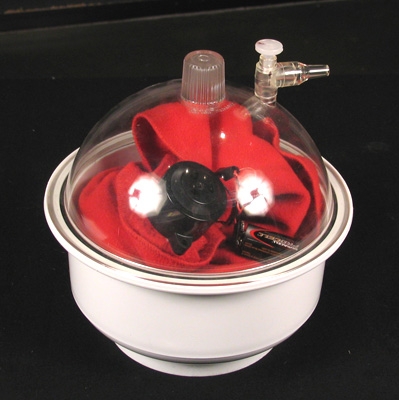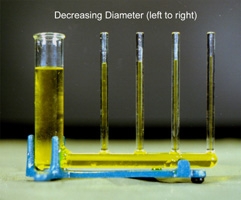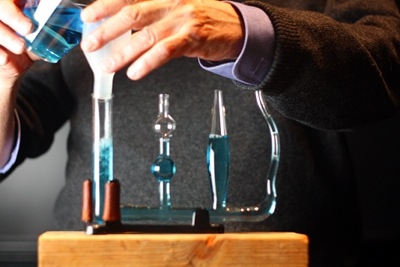Harvard Natural Sciences Lecture Demonstrations
1 Oxford St Cambridge MA 02138 Science Center B-08A (617) 495-5824
enter search criteria into the search box
Copyright © 2024 The President and Fellows of Harvard College | Accessibility | Digital Accessibility | Report Copyright Infringement

 Due to surface tension effects water rises up a narrow bored tube; the rise in height being inversely proportional to the bore's radius.
Due to surface tension effects water rises up a narrow bored tube; the rise in height being inversely proportional to the bore's radius.